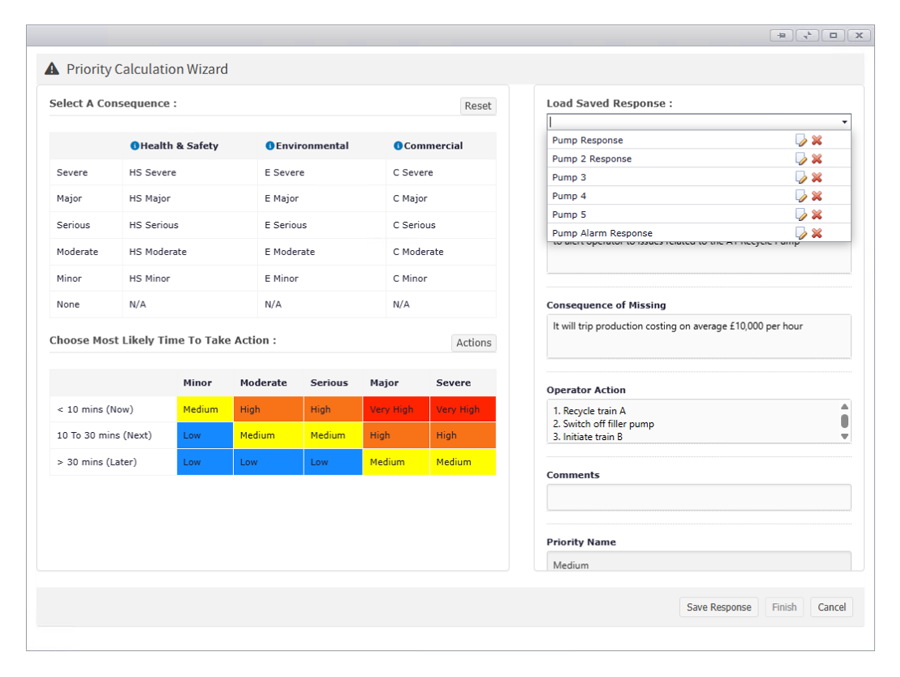Views

Alarm rationalisation is the process of reviewing and assessing each alarm to ensure it is necessary, appropriately configured, and that it adds value to the operator’s decision-making process. During this process, each alarm is scrutinised to determine whether it should be active, its appropriate priority, and the conditions under which it should trigger.
Alarm rationalisation is a critical step in preventing alarm overload, where operators are saturated with too many alarms, leading to desensitisation and the potential for critical alarms to be missed. By rationalising alarms, organisations can significantly reduce the number of unnecessary alarms, improve operator response times, and ultimately enhance safety and efficiency.
Before diving into the benefits, it’s essential to understand what alarm definition templates are. Essentially, these templates are standardised information sets that capture all necessary information about an alarm. This information typically includes the alarm’s supporting information including, priority, potential causes, operator actions, and any other relevant details. The purpose of these templates is to improve the efficiency of alarm rationalisation and enable a consistent and complete approach in how alarm types are defined, managed, and documented across the entire system.
-
One of the primary benefits of alarm definition templates is that they promote standardisation of alarm types. By using a consistent format for defining alarms, you ensure that all alarms of a specific type across the system are documented in the same way. This consistency is crucial for effective alarm management, as it reduces the likelihood of errors and omissions that can occur when alarms are documented ad hoc.
-
Standardisation also makes it easier for operators and engineers to understand and respond to alarms. When each alarm is defined using the same template, there is no ambiguity about what the alarm means or what actions should be taken. This clarity can lead to faster and more accurate responses, reducing downtime and improving overall system performance.
-
Documenting alarms manually can be a time-consuming and error-prone process. Alarm definition templates streamline this process by providing a predefined structure for capturing all relevant information for the associated alarm type. This not only saves time but also ensures that no critical details are overlooked.
-
Furthermore, having a comprehensive and well-organised documentation system is invaluable during audits or reviews. With alarm definition templates, all the necessary information is readily available and easy to navigate, making the documentation process much more efficient.
-
During the alarm rationalisation process, having well-documented alarms is crucial. Alarm definition templates provide a clear and detailed record of each alarm type, making it easier to evaluate whether the alarm is necessary and correctly configured.
-
The templates also facilitate collaboration among team members during the rationalisation process. When all relevant information is captured in a standardised format, it becomes easier for different stakeholders to review and discuss the alarm's configuration and potential impact. This collaborative approach can lead to more informed decision-making and more effective alarm management strategies.

